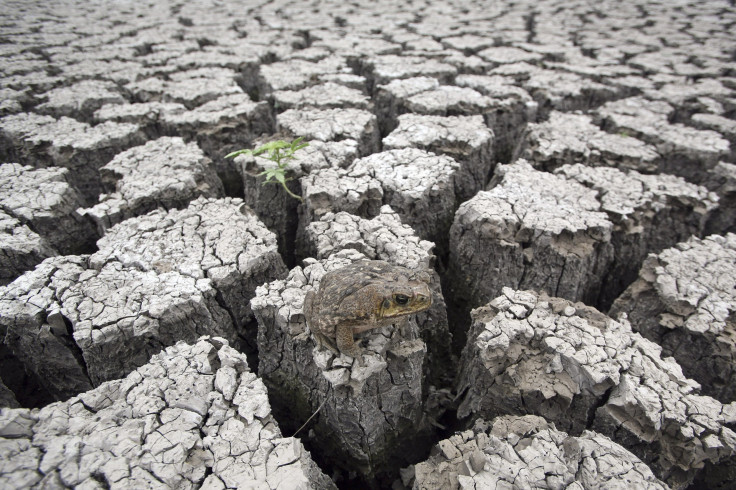NASA Predicts Alarming Changes In Earth's Climate By Year 2099 (VIDEO)

A video released by NASA on Friday shows how changing climate will impact Earth by 2099, when alarming changes in temperature and rainfall patterns are expected to alter the topography of our planet.
New data visualizations from NASA’s Center for Climate Simulation and Scientific Visualization Studio at Goddard Space Flight Center, based on its models for climate and weather trends, depicts that climate conditions could rapidly change through the year 2099.
NASA predicts that if current rate of increase in green gas emissions continue, it could have drastic impact on Earth, with the global temperature and precipitation patterns changing at a faster pace, causing irreversible changes in Earth’s topography.
According to NASA’s projections, temperature could reach such highs by mid-century that would lead to meltdowns of Arctic ice, increase sea levels, while dry up inland water sources in several regions. Rainfall patterns also could change causing changes in the water cycles with some areas getting more wetter and other regions witnessing increased dry spells.
NASA video demonstrates four possible scenarios of how Earth’s climate could change by 2099, based on four different levels of carbon dioxide emissions.
NASA’s projections are in line with the conclusions of the United Nations' Intergovernmental Panel on Climate Change, or IPCC, report titled "Physical Science Basis of Climate Change," which was released on Sept. 27.
The IPCC report blames humans for causing climate change and warns that greenhouse emissions should be reduced significantly to moderate the pace of global warming. The report also stresses that humanity has a role in determining the extent of change in Earth’s future climate.
"When you look at these different scenarios, for example, when you see a nearly ice-free Arctic in summer by mid-century, we can choose a different future. We can choose what future we have by the choices we make right now." Gerald Meehl, senior scientist at the National Center for Atmospheric Research in Boulder, Colo. Told Livescience.
© Copyright IBTimes 2024. All rights reserved.





















